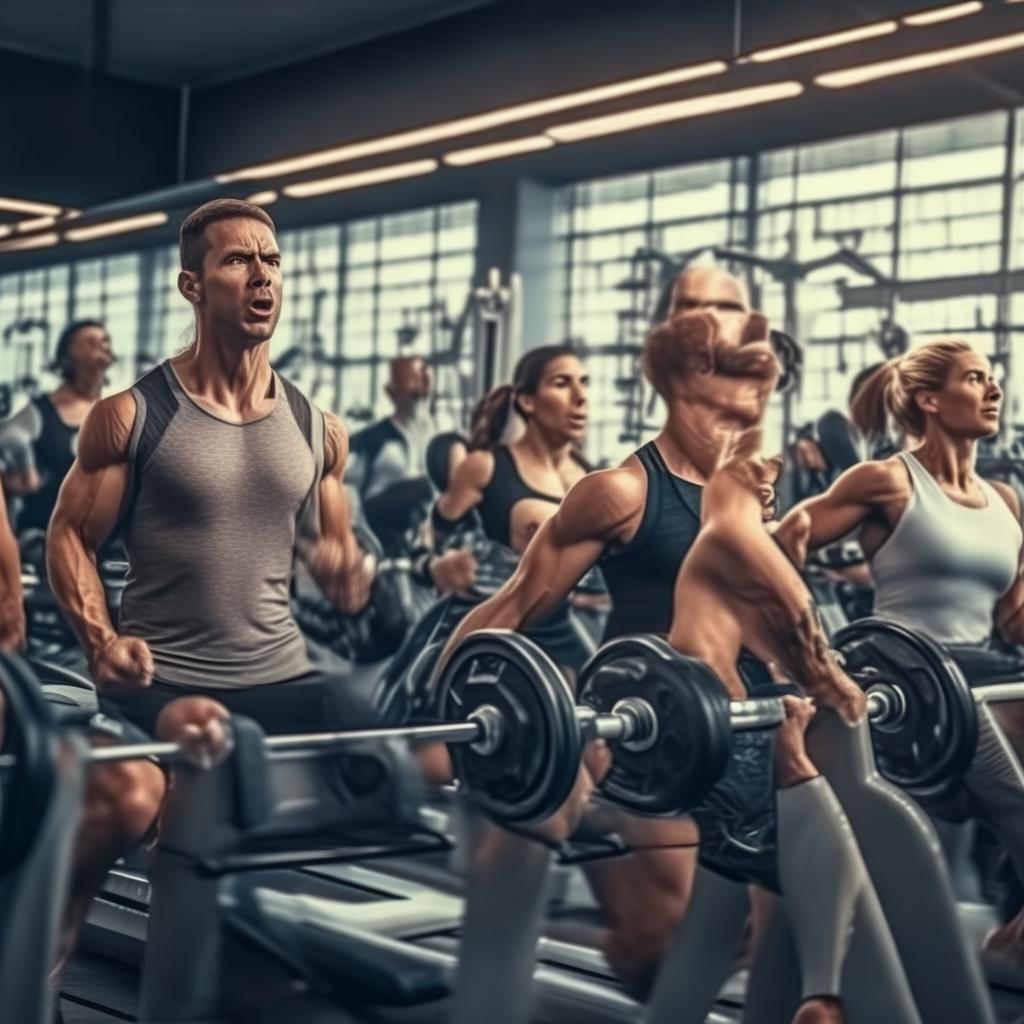The Underrated Dumbbell – A Fitness Gem
On August 31, 2023, we take a look at the often – overlooked dumbbell, a superb piece of fitness equipment. Some time ago, we shared dumbbell moves aimed at improving muscle balance. Many friends reported great results, gradually shifting from a barbell – biased training to incorporating dumbbell training. There are compelling reasons to include dumbbell movements in your strength training regime.
Dumbbells offer better balance, enhanced muscle support, the ability for unilateral training and self – targeting. While they may be overshadowed in extreme strength or one – time force application scenarios compared to barbells, barbell training is not the only option. To maximize strength and muscle building, dumbbell training should be part of your routine. Many bodybuilding champions and powerlifters have effectively used dumbbells, suggesting their effectiveness for the rest of us too.
4 Key Dumbbell Movements to Build Strength
Dumbbell Bench Press
We start with the dumbbell bench press, a favorite among gym – goers who love chest training. Historically, many athletes like Ronnie Cullman, Blanche Warren, Bridge Carter, and Johnny Jackson preferred dumbbells over barbells for muscle dimension and strength. Dumbbells allow for independent side – to – side training, resulting in better symmetry. They also provide a deeper stretch, especially for those with more flexible shoulders.
The steps are as follows:
1. Sit at the end of a flat bench with dumbbells on your abdomen and thighs, then carefully lie back and raise the dumbbells just above your chest.
2. Lower the dumbbells slightly below the chest and then push them to full extension without letting them touch.
3. After the prescribed reps, return the dumbbells to your abdomen and sit up. You can perform this at different angles. For best results, start with dumbbell workouts when you have enough muscle strength, and then move on to barbell movements.
Dumbbell Hard Pull
Weightlifters use this movement for leg strength training or to increase muscle overload by expanding the range of motion. Dumbbells are closer to the ground than barbells in this movement, starting from a negative lever position, making it more challenging.
The steps are:
1. Place the dumbbells on the floor and stand facing them.
2. Bend at the hips and knees to grasp the dumbbells.
3. Keep your back still and arms extended, pull your body up through your heels and let the dumbbells drag up your thighs.
4. Once upright, lower the dumbbells back to the floor.
5. Complete the specified reps. Dumbbell training can improve grip strength faster, and you can choose to use or not use elastic bands according to your needs.
Seated Dumbbell Push – ups
Whether you like it or not, the seated dumbbell press is extremely popular among fitness enthusiasts for upper – body training. Many powerful and fit men consider it the go – to move for shoulder strength. It is also more comfortable than barbell overhead presses, as the latter become more dangerous with increasing weight, which is avoided with dumbbells.
The steps are:
1. Grab two dumbbells and sit on a bench with back support.
2. Have a fitness buddy help lift the dumbbells to shoulder height or use your thighs to push them up one at a time, turning your wrists so palms face forward. This is the starting position.
3. From the start, inhale and push the dumbbells overhead to full extension without locking the joints.
4. Lower the weight under muscle control and repeat the reps.
Table Bend
This move, similar to the priest’s bench bend, was a favorite among old – time wrestlers and an early bodybuilding move. If you want to work on your arms or build strong biceps, give it a try. Since it’s a partial movement, it’s best combined with a bicep ‘stretch’ like an upward sloping dumbbell curl or rope curl.
The steps are:
1. Sit or stand with elbows flat on a table and hold a dumbbell.
2. Fully bend the elbow to a 90 – degree angle.
3. Lower the dumbbell under muscle control to the table level.
4. Forcefully bend it back to the starting position. Partial movements are great for strength training as they can help eliminate sticking points in a specific range of motion.
Dumbbell movements have numerous benefits, on par with barbells. Incorporate these dumbbell movements into your fitness routine to diversify your workouts and make fitness more enjoyable and less monotonous.





